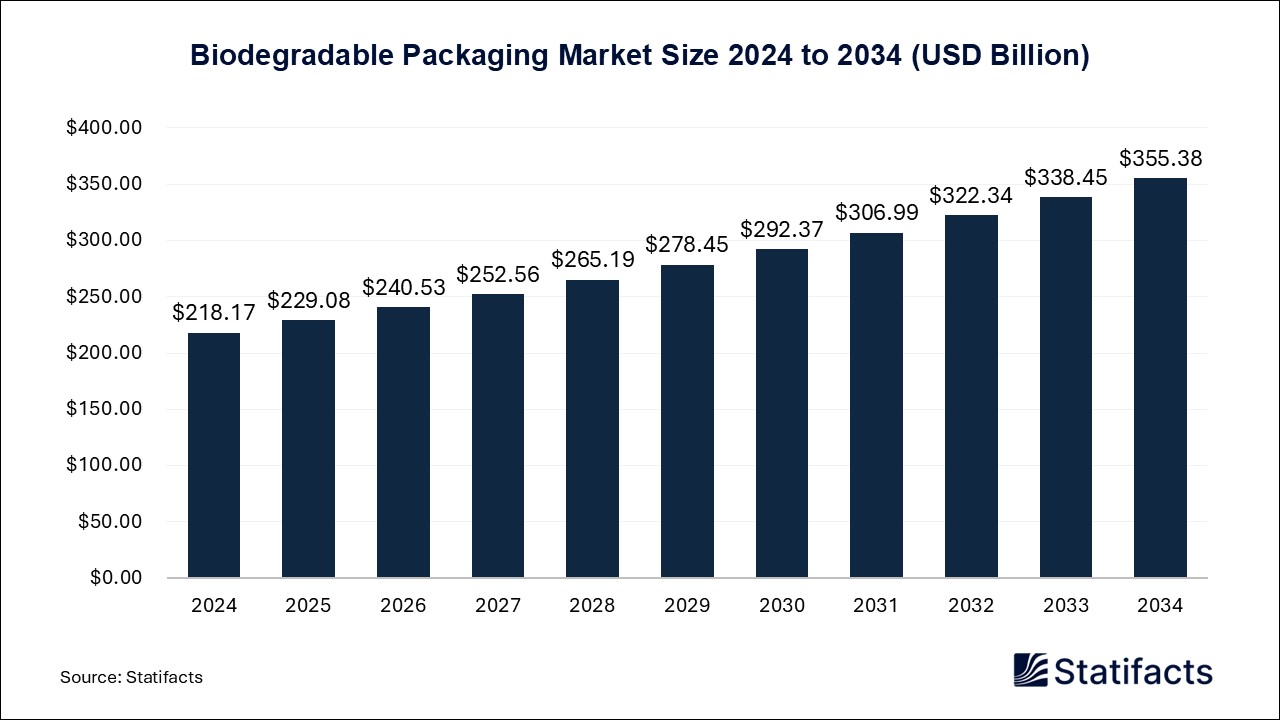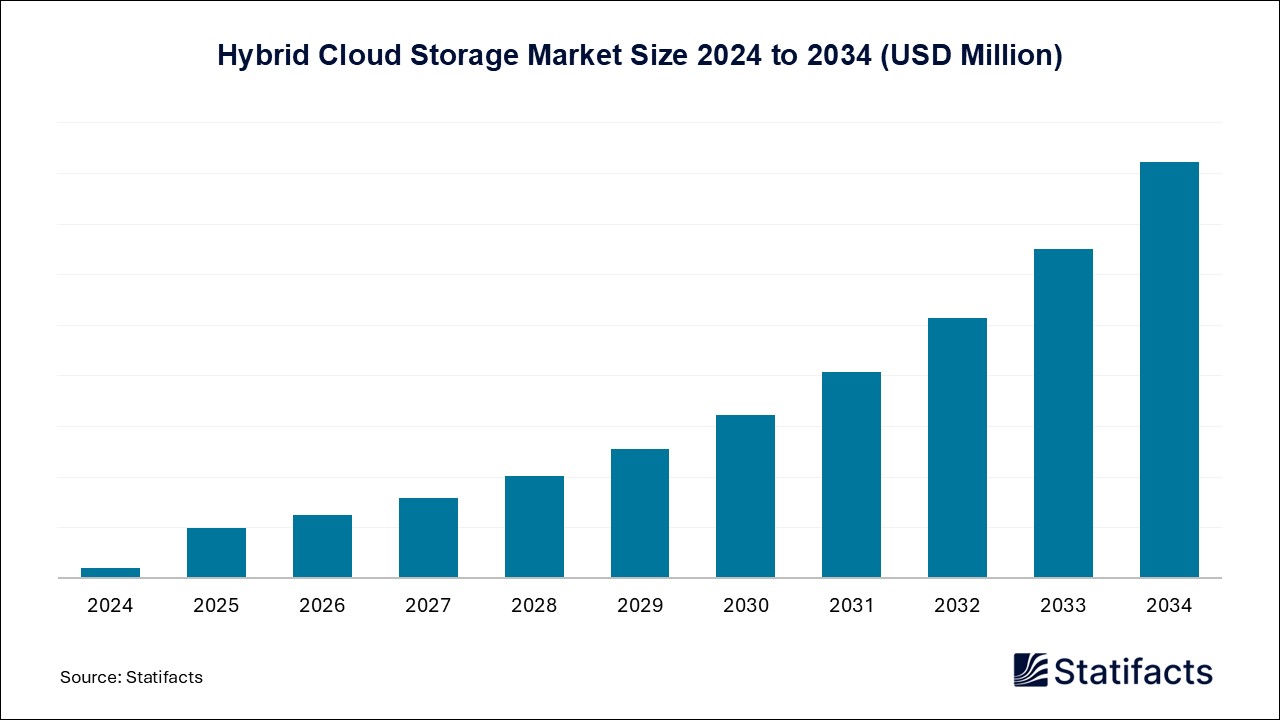

Our customers work more efficiently and benefit from
The global synthetic biology market size is calculated at USD 16,260 million in 2024 and is predicted to reach around USD 80,870 million by 2034, expanding at a CAGR of 17.4% from 2025 to 2034.
| Industry Worth | Details |
| Market Size in 2024 | USD 16,260 Million |
| Market Size in 2025 | USD 19,090 Million |
| Market Size by 2034 | USD 80,870 Million |
| Market Growth Rate from 2025 to 2034 | CAGR of 17.4% |
The synthetic biology market refers to the production, distribution, and application of synthetic biology, which is a multidisciplinary field of biotechnology that involves engineering the genetic material of organisms like animals, plants, yeast, bacteria, or viruses to have new characteristics. Synthetic biology combines engineering principles with existing biotechnology techniques like DNA sequencing and genome editing to modify organisms or create new ones. Scientists use DNA sequencing to read the biological information stored in DNA.
In synthetic biology, biological cells and processes are dismantled and reassembled to make new systems that do useful things. Designs are encoded by deoxyribonucleic acid (DNA). DNA makes biological parts that are combined to make devices, and devices are built into biological systems. Synthetic biology can be used for creating nanoparticles which can be used for drug delivery and also for other purposes. Complementing research and development seeks to create synthetic cells that mimic the functions of biological cells. Synthetic biology has found applications in many areas including healthcare, agriculture, and biomanufacturing of textiles, ink, and other consumer products.
Rising demand for bio-based products is driving the growth of the synthetic biology market. Synthetic biology can allow the sustainability of plant feedstock biomass while decreasing inputs. Nanobiotechnology for the delivery of synthetic materials for effective gene regulation and bioproducts synthesis in plant cells and organelles. Synthetic biology provides tools at the DNA, RNA, and protein levels that can guide the development of biofuel production processes.
A goal of synthetic biology is to create a library of biological parts that can be used independently or as part of a larger assembly for a higher function. Redesigning organisms so that they produce a substance such as a medicine or fuel or gain a new ability like sensing something in the environment are the common goals of synthetic biology projects. Synthetic biology products in the medical industry range from gene therapies and pharmaceutical drugs to vaccine development. Biobased products have several benefits, including creating new jobs, conserving resources, and reducing greenhouse emissions. Biobased products also offer better recyclability than fossil-based options. The use of bio-based chemicals in place of petroleum-based chemical derivatives leads to a decrease in many of the adverse side effects of petroleum use.
Advancements in biotechnology are driving the growth of the synthetic biology market. Advances in biotechnology have also been facilitated by the evolution of new analytical tools such as whole genome sequencing and visualization of the entire genetic makeup of a particular organism. Modern biotechnology provides innovative products and technologies to combat debilitating and rare diseases, reduce our environmental footprint, feed the hungry, use less, and cleaner energy, and have safer, cleaner, and more effective industrial manufacturing processes. Biotechnology advances scope includes biotechnology principles and applications in medicine, agriculture, industry, environmental concerns, and regulatory issues.
Advancement in DNA sequencing is driving the growth of the synthetic biology market. Recent advancements have focused on more accurate and faster sequencing, reduced costs, and enhanced data analysis. These innovations hold great promise for unlocking new insights into genomics and enhancing our understanding of diseases and personalized healthcare. DNA sequencing may be used to determine the sequence of individual genes, larger genetic regions, full chromosomes, or entire genomes of any organism. DNA sequencing is also the most effective way to indirectly sequence RNA or proteins. It helps to identify crime suspects and victims involved in catastrophes.
According to the report published by the European Environment Agency in April 2024 and modified in February 2025, total global production capacities of biobased plastics reached 2.2 Mt in 2022 which is less than 1% of global plastics production.
Published by Laxmi Narayan , March 2025
For any questions about this dataset or to discuss customization options, please write to us at sales@statifacts.com
| Stats ID: | 8054 |
| Format: | Databook |
| Published: | March 2025 |
| Delivery: | Immediate |
| Price | US$ 1550 |

| Stats ID: | 8054 |
| Format: | Databook |
| Published: | March 2025 |
| Delivery: | Immediate |
| Price | US$ 1550 |

You will receive an email from our Business Development Manager. Please be sure to check your SPAM/JUNK folder too.

Unlock unlimited access to all exclusive market research reports, empowering your business.
Get industry insights at the most affordable plan
Stay ahead of the competition with comprehensive, actionable intelligence at your fingertips!
Learn More Download
Download

